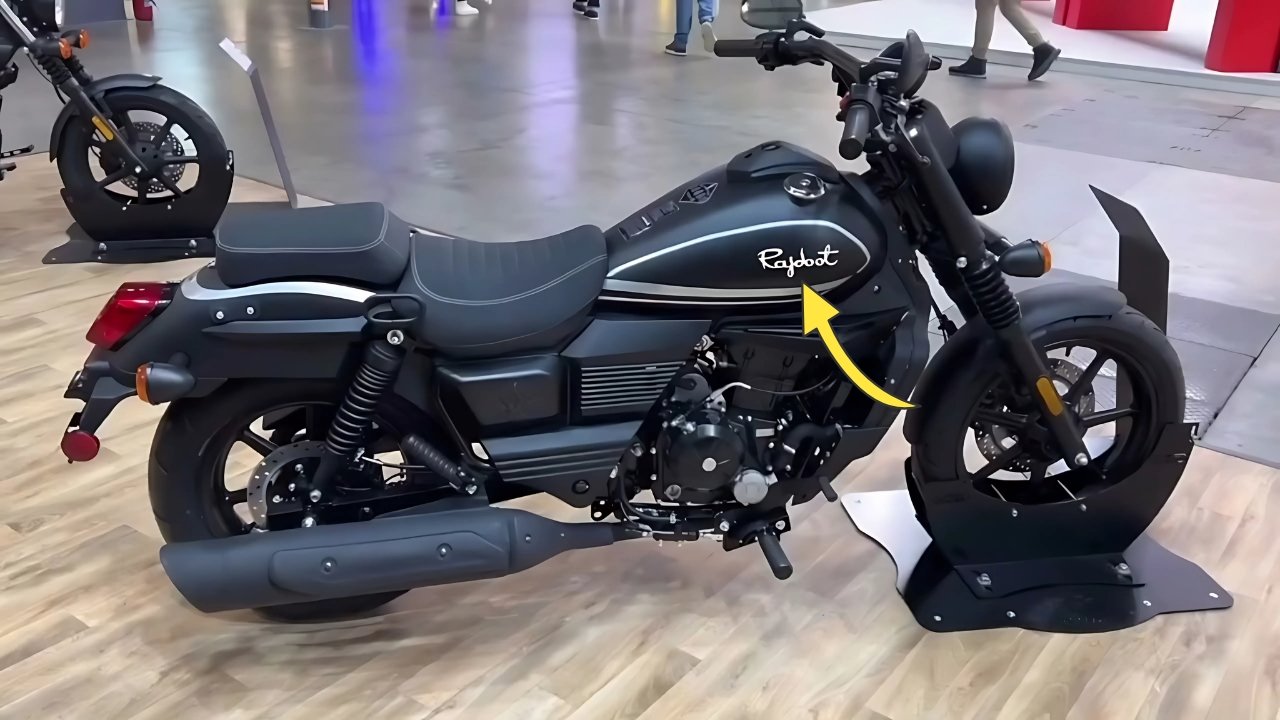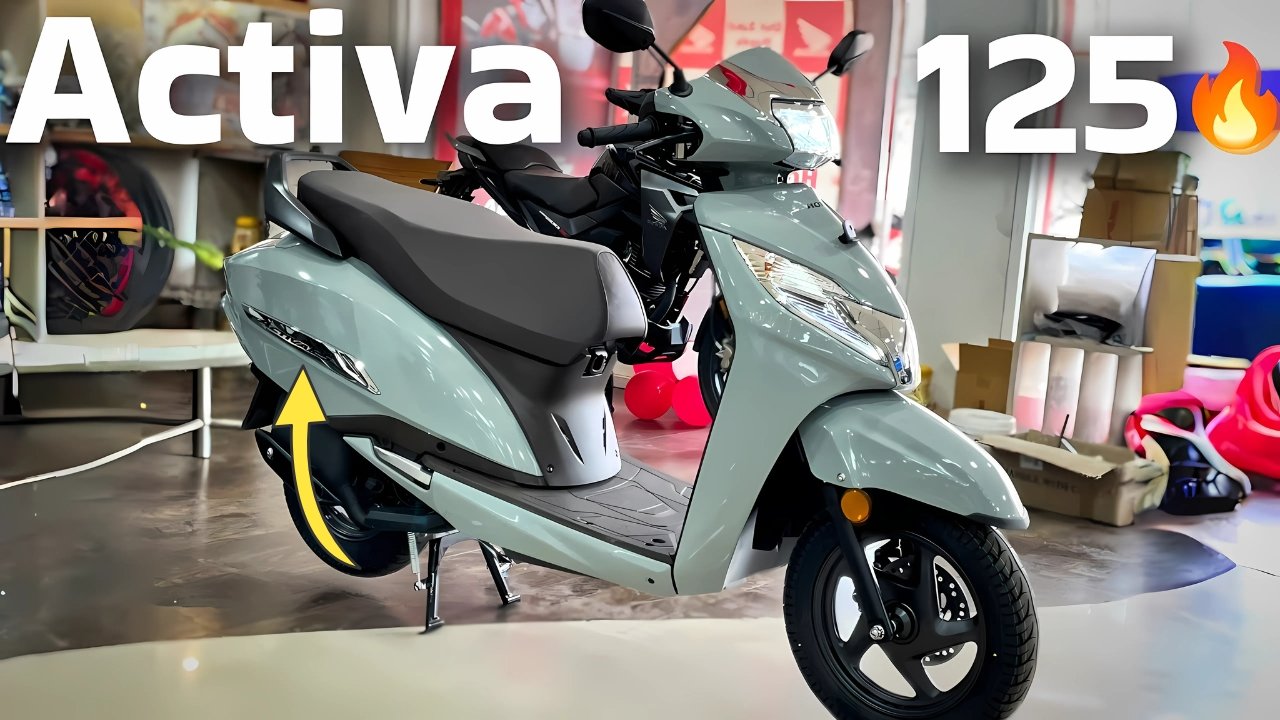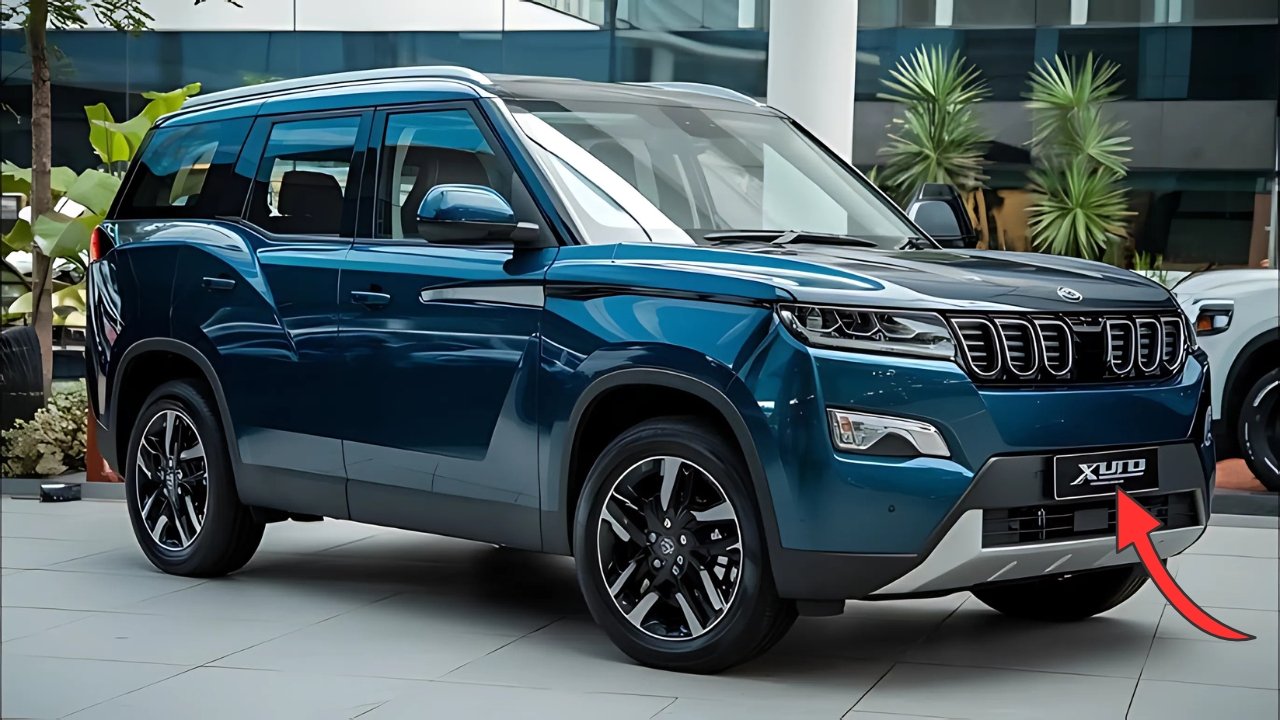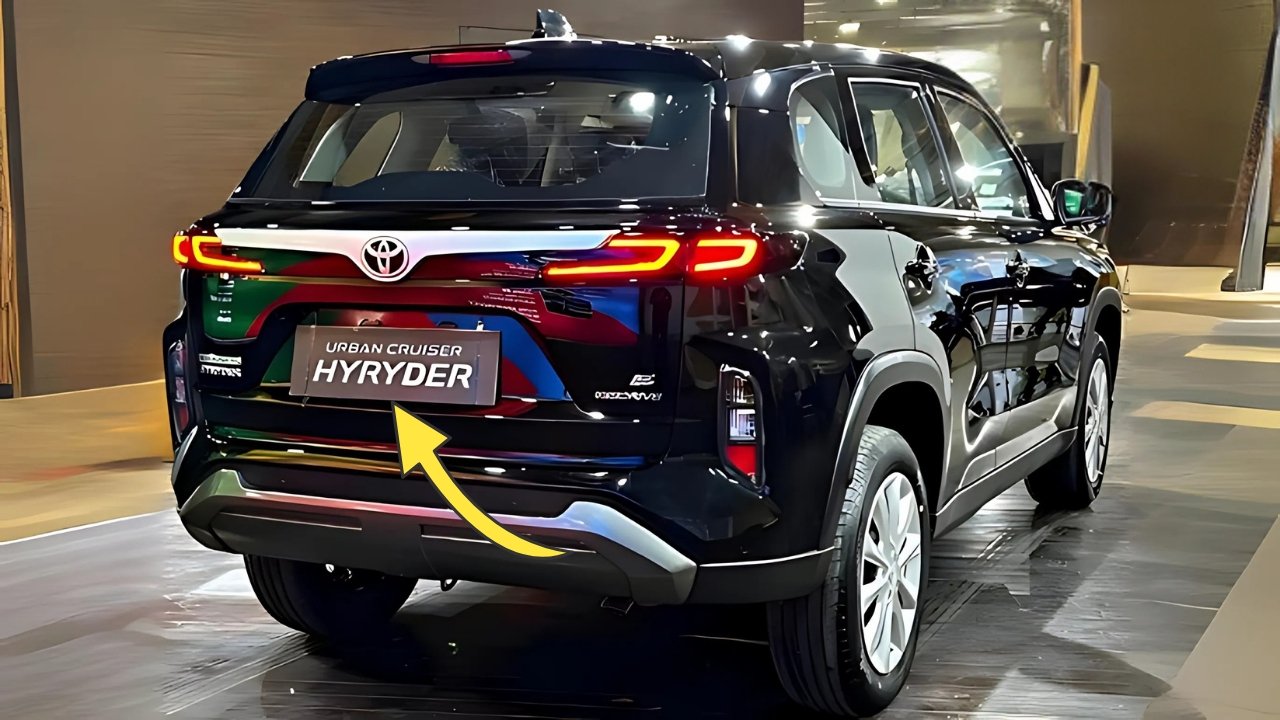Rajdoot 175 : The Indian motorcycle industry has produced several memorable machines that captured the imagination of riders across generations. Among these, the Rajdoot 175 holds a special place, representing a unique blend of Polish engineering and Indian manufacturing that created a motorcycle perfectly suited to local conditions.
This detailed examination explores the various aspects that made the Rajdoot 175 a significant player in India’s two-wheeler history.
Rajdoot 175 Origins and Design Philosophy
The Rajdoot 175’s story began with a collaboration between Escorts Limited and Polish manufacturer SHL, bringing the robust design of Eastern European motorcycles to Indian roads.
The motorcycle’s design emphasized durability and simplicity, qualities that proved essential for the challenging conditions and maintenance infrastructure of the Indian market during its era.
The visual design reflected utilitarian principles without completely abandoning aesthetic appeal. The fuel tank featured a distinctive shape that became instantly recognizable, with chrome-plated side panels adding a touch of elegance to the otherwise functional design.
The overall styling balanced between the practical requirements of daily transportation and the desire for a machine that looked substantial and purposeful.
The build quality emphasized longevity over lightweight construction. Heavy-gauge steel components and robust engineering meant these motorcycles could withstand years of hard use with basic maintenance.
This approach to construction contributed significantly to the model’s reputation for reliability and its ability to remain functional long after many contemporary motorcycles had been retired.
Engine Specifications and Performance
The heart of the Rajdoot 175 was its air-cooled, two-stroke engine displacing 173cc. This single-cylinder powerplant produced modest but adequate power for its intended purpose.
The engine design prioritized low-end torque and reliability over high-RPM performance, making it well-suited to Indian traffic conditions and riding patterns of the era.
The two-stroke configuration offered advantages in terms of mechanical simplicity and power-to-weight ratio compared to four-stroke alternatives of similar displacement.
The engine’s design included features that enhanced durability, such as robust bearings and a well-designed cooling fin arrangement that helped maintain optimal operating temperatures even in India’s extreme climate conditions.
Starting the engine required the traditional kick-start method, with a robust kick lever that rarely failed. The carburetor setup remained simple and easy to adjust, allowing roadside mechanics to service the engine with basic tools.
This serviceability became one of the motorcycle’s key strengths, ensuring riders could find assistance even in remote locations.
Transmission and Ride Characteristics
The four-speed gearbox provided adequate ratios for varied riding conditions, from congested city traffic to open highway cruising. The gear shift pattern followed the traditional one-down, three-up configuration common to motorcycles of that era.
The transmission’s robust construction handled the engine’s power delivery well, with gear engagement remaining positive even after years of use.
The clutch system utilized a multi-plate wet design that provided smooth engagement and proved remarkably durable.
Many riders appreciated the progressive clutch action that made learning to ride easier for newcomers while still providing experienced riders with good control during challenging conditions.
Final drive came through a fully enclosed chain case, a feature that significantly extended chain life by protecting it from road debris and monsoon conditions. This practical design choice reflected the manufacturer’s understanding of Indian riding conditions and the importance of minimizing maintenance requirements.
Suspension and Handling Dynamics
The Rajdoot 175 featured a telescopic front fork suspension system that provided reasonable comfort over varied road surfaces. While not particularly sophisticated by modern standards, the suspension proved adequate for the motorcycle’s performance envelope and typical usage patterns.
The front suspension’s simple design meant repairs could be accomplished by local mechanics without specialized tools.
Rear suspension consisted of dual shock absorbers with adjustable spring preload on some variants. This setup handled passenger and cargo loads effectively, an important consideration given the motorcycle’s role as family transportation in many households.
The suspension tuning favored comfort and stability over sporty handling, aligning with user priorities.
The motorcycle’s weight distribution and geometry provided stable, predictable handling that inspired confidence in riders of varying skill levels.
While not particularly agile by sporting standards, the Rajdoot 175 offered reassuring stability that proved valuable in challenging road conditions and when carrying heavy loads.
Practical Features and Daily Usability
Practicality remained central to the Rajdoot 175’s design philosophy. The comfortable dual seat accommodated two adults with reasonable comfort, while the robust carrier at the rear could handle significant cargo loads.
The motorcycle’s load-carrying capability made it popular among small business owners and families who relied on it for both personal and commercial transportation.
Fuel efficiency varied with riding conditions but generally remained reasonable for a two-stroke engine of this displacement. The fuel tank capacity provided adequate range for intercity travel, while a reserve fuel tap ensured riders wouldn’t be stranded unexpectedly.
The tool kit included with the motorcycle contained essential items for roadside repairs and adjustments.
Electrical systems remained simple and reliable, with a magneto-based ignition system that rarely caused problems. The headlight provided adequate illumination for night riding, while the horn’s distinctive sound became familiar on Indian roads.
These basic but reliable systems contributed to the motorcycle’s reputation for dependability.
Cultural Significance and Market Impact
The Rajdoot 175 occupied a unique position in the Indian motorcycle market, offering more performance and carrying capacity than smaller commuter motorcycles while remaining more affordable than imported alternatives.
This positioning made it popular among rural riders, small business owners, and enthusiasts seeking a robust, reliable motorcycle.
The motorcycle developed a devoted following, with many owners maintaining their machines for decades. The availability of spare parts and the mechanical simplicity meant that Rajdoot 175s remained viable transportation long after production ceased.
This longevity contributed to the model’s iconic status and its recognition as a significant part of Indian motorcycling heritage.
Rajdoot 175 Conclusion
The Rajdoot 175 represented more than just a motorcycle; it embodied the requirements and aspirations of Indian riders during a transformative period in the country’s automotive history.
Its combination of robust construction, mechanical simplicity, and practical features created a machine perfectly suited to its time and place. While modern motorcycles offer superior performance and features, the Rajdoot 175’s legacy endures as a reminder of when durability and functionality took precedence over all else.












